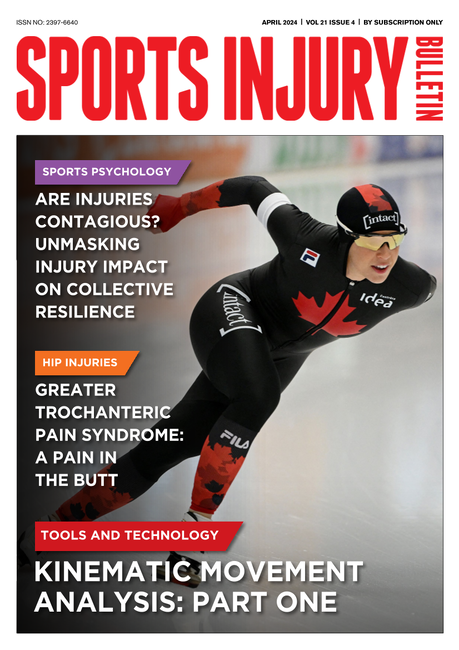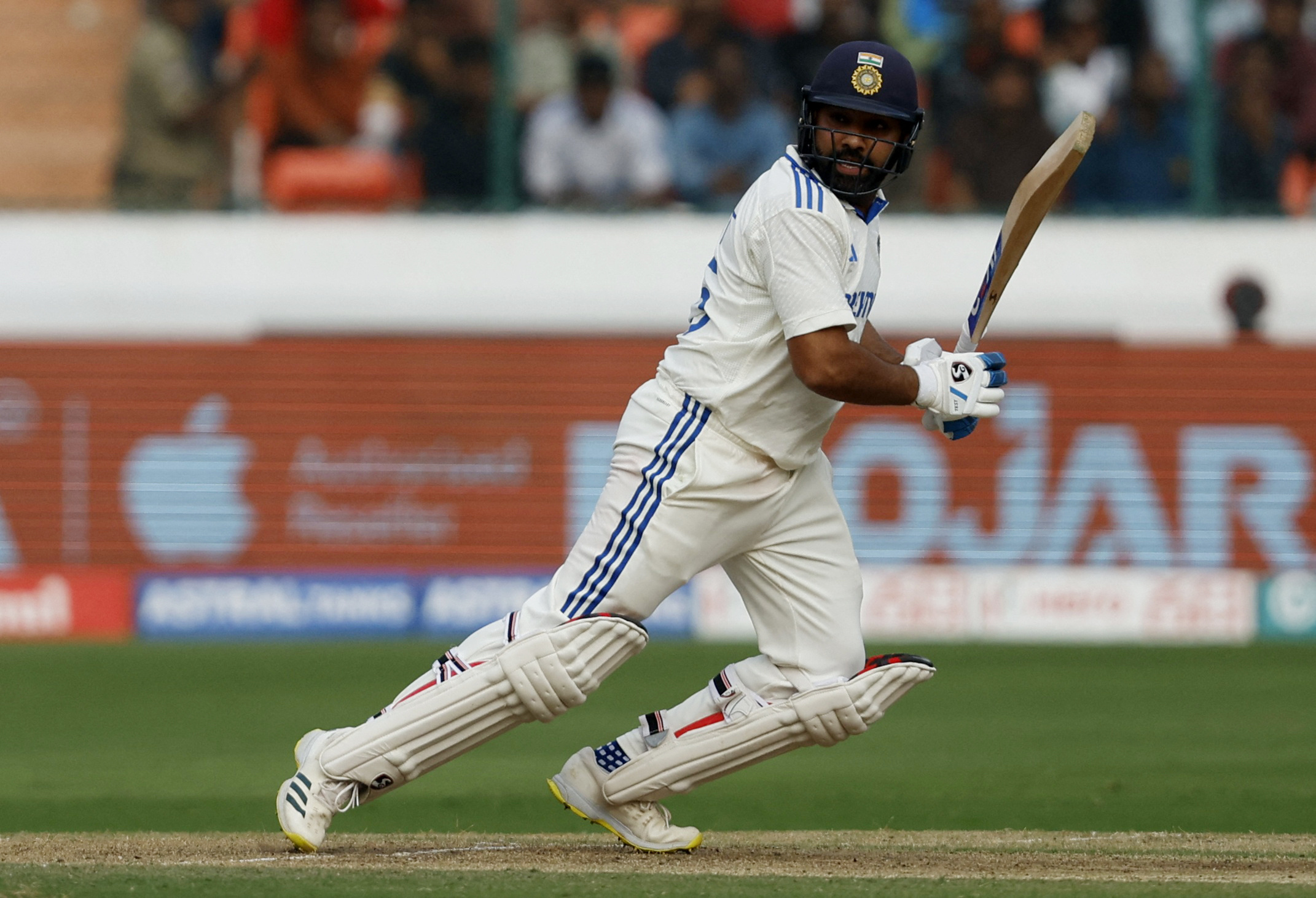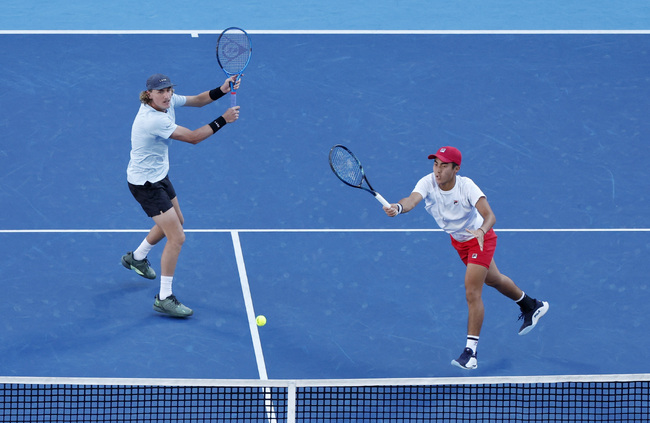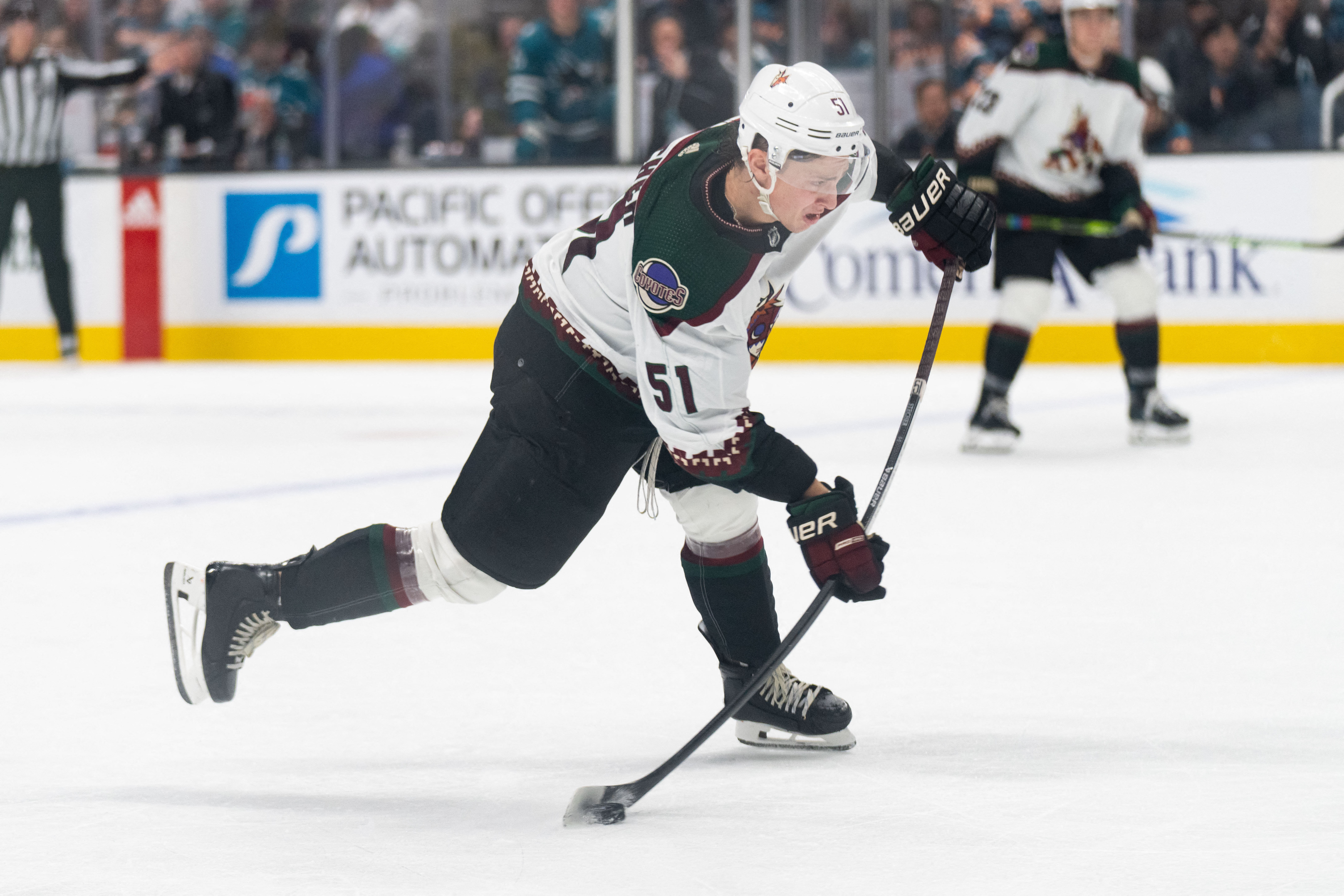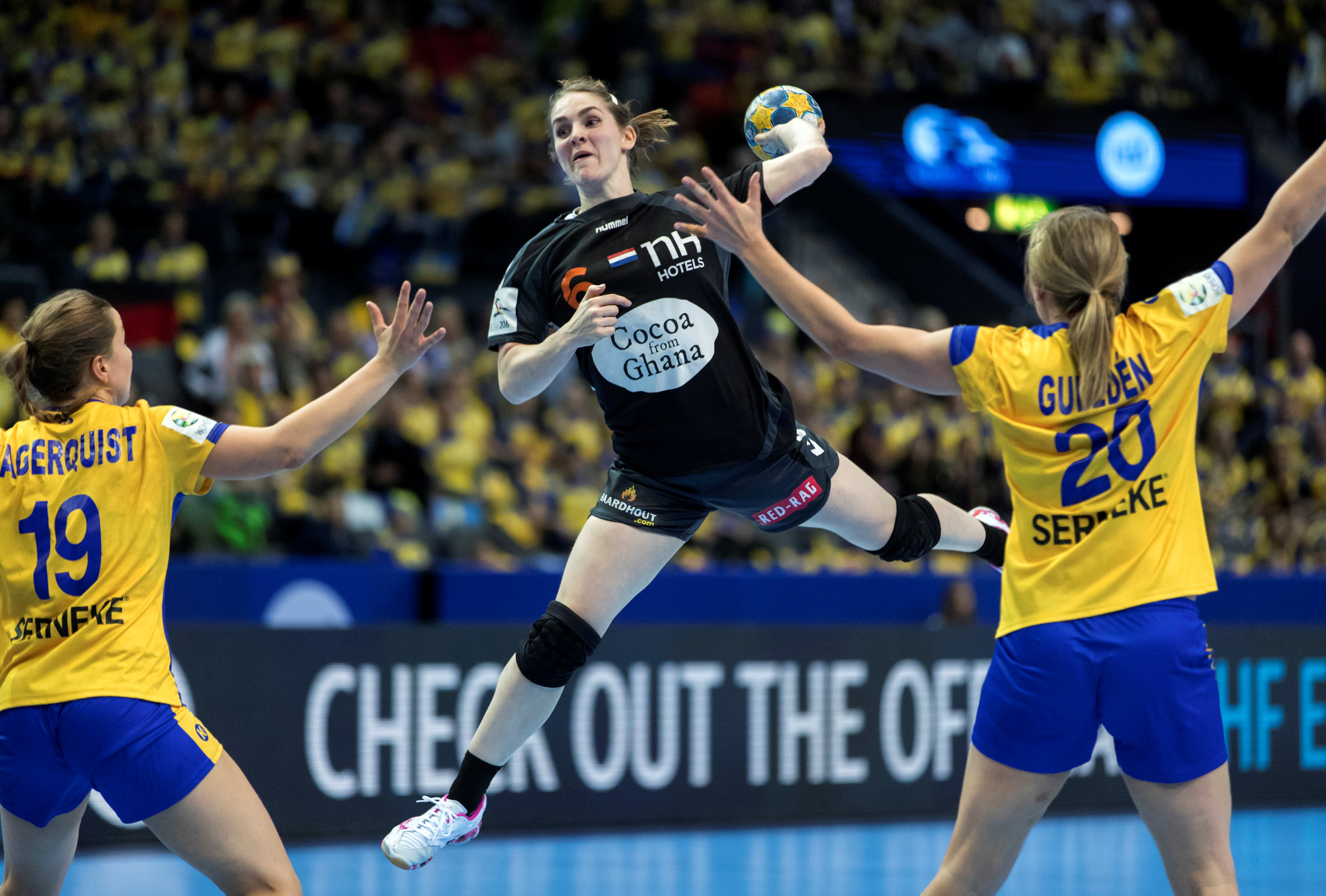Brace yourself – neck strength in combat sport.
Concussions are nothing new in the world of contact sports, and for those who participate in combat sports, this is no exception. Joe Cassaro explores the role neck strengthening may play in concussion prevention and return to sports rehabilitation.
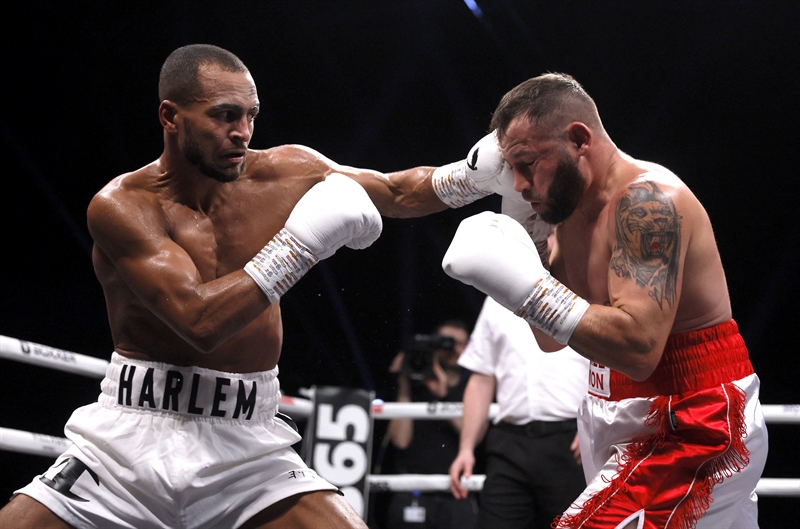
Boxing - Harlem Eubank in action against Viorel Simion Action Images via Reuters/Andrew Couldridge
Epidemiology
Nearly 1 in 100 Americans sustain a concussion each year, with an incidence rate of 3.8 million per year, of which 20-25% will go on to develop prolonged symptoms with lasting neurological health problems(1,2). Concussion poses a potential neurological health risk which is magnified in combat sports as concussions occur at rates as high as 0.047 concussions per minute for boxers (1.69 concussions per 12-round fight) and 0.085 concussions per minute for MMA fighters (1.28 concussions per 5-round fight)(3). The high incidence rate should alert practitioners to identify strategies to mitigate the risk and facilitate effective return to sports (RTS).
Does neck strength reduce concussions?
The role of neck strength training in concussion prevention and rehabilitation is debatable. In theory, strengthening the neck musculature to protect from concussive blows to the head or subsequent injury to the cervical spine makes sense; however, the research to support its efficacy is ongoing. For example, researchers at the University of Michigan in the USA found that smaller and weaker necks lead to an increased risk of concussions than athletes with stronger necks(2). Furthermore, researchers at the Research Institute at Nationwide Children’s Hospital in the USA indicated that those who sustained a concussion had significantly smaller and weaker necks than uninjured athletes in high school-aged contact sport athletes. In addition, for every one-pound increase in neck strength, athletes have a 5% decrease in concussion risk(4). In addition, professional male rugby players with increased isometric neck strength show lower head and neck injury risk(5).
Although it is evident that recent research supports neck strengthening for reducing concussion risk, clinicians need to consider a multifactorial and nuanced approach when addressing injury risk. For example, players with more significant neck musculature have increased odds of sustaining moderate and severe head impacts. However, those with greater neck stiffness during these anticipated impacts had less head displacement and, therefore, reduced risk of sustaining higher magnitude head impacts(6). Furthermore, faster reaction times assist the anticipation of an impending head impact. Thus, reducing the severity of the effects and risk of injury(7,8). For example, visuospatial training reduces the incidence of concussions in football players as it may allow them to better react to their environment and avoid collisions(9).
What has become clear is that although the strengthening of cervical spine musculature may play a role in reducing injury risk, the likelihood of sustaining a concussion or cervical spine injury is likely multifactorial and may include visuospatial training, reaction time, and neck strengthening(9).
30/60/90 rule
Typical minimum suspensions in professional combat sports (vary depending on the commission):
- TKO – 30 days
- TKO without loss of consciousness (LOC) – 60 days
- TKO with LOC – 90 days
Rehabilitation
Unfortunately, most combat sport jurisdictions do not require a RTS testing or medical clearance for an athlete to return to the ring. Instead, these jurisdictions often follow a 30/60/90 rule for the athlete to be cleared for competition. However, this may not be optimal concussion symptom management. Therefore, following a concussion, a safe RTS should follow research recommendations (see table 1)(10).
Table 1: Return to fighting protocol(10)
| Phase 1: Return to general fitness | ||
| Step 1 | Light aerobic activity. | Gradually increase heart rate (HR) and monitor perceived exertion or HR max. |
| Step 2 | Moderate aerobic activity. | Escalating HR through moderate and high-demand exercise. |
| Step 3 | Sport-specific activity. | Sprinting. |
| Walk-through grappling . | ||
| Increased training duration. | ||
| Athletes may begin resistance training. | ||
| Neck strengthening may start here, barring limitations due to cervical spine injury. | ||
| Phase 2: Return to non-contact fighting activities | ||
| Step 1 | Bag/mitt work with movement. | Testing vestibular and visual systems. |
| Step 2 | Shadowboxing/drills. | Reintroduce fighters to the sports environment and re-establish footwork. |
| Step 3 | One-sided sparring and grappling. | The fighter begins to spar without the concern of contact. |
| Phase 3: return to contact/sparring fighting activities | ||
| NB: May only advance to this phase when concussion symptoms have completely resolved. | ||
| Step 1 | Sparring: short duration. | The first step of sparring. |
| Rounds of short duration and long breaks. | ||
| Step 2 | Sparring: longer duration. | Lengthen duration and shorten breaks. |
| Step 3 | Sparring: normal parameters. | Full return to regular training. |
Importantly, athletes should not begin phase one for at least one week following a concussion or fight stoppage due to KO or TKO. While progressing through the protocol, athletes should wait a minimum of 24 hours before advancing to the next step. If athletes experience an aggravation of symptoms, they should regress to the previous step. Phase three should only begin once concussion symptoms have resolved and phases one and two have been completed. If symptoms persist for greater than ten days, the treating clinician should refer the athlete to the appropriate healthcare professional for further concussion evaluation(10).
Clinical implications: effective strength training
The practical implementation of an effective training program remains a challenge for practitioners. Researchers in Dublin and the USA studied the effects of neck strengthening in professional rugby union players to determine an effective dosage. Athletes completed a five-week neck strengthening program twice a week, and researchers assessed neck isometric strength using a hand-held dynamometer. Athletes performed cervical musculature isometric holds by lying supine on a bench and maintaining a neutral cervical spine against applied manual resistance from a strength coach. The athletes performed three 10-second holds in each plane of movement. The researchers found no significant between-group difference preintervention; however, the results demonstrate that a five-week neck strengthening program improves isometric neck strength in rugby union players. In addition, the study results may enhance the pool of evidence that supports injury prevention, screening, and rehabilitation benefit(11).
Conclusion
The efficacy of neck strengthening for reducing concussions in a combat sport is debatable; however, research supports a link between increased neck strength and concussion risk in contact sports. It is best to take a multifactorial approach to mitigate concussion risk as reaction time and vision training may play a role. Following a concussion, it is best to take a careful periodized approach to return to sport, carefully monitoring the athletes’ symptoms at each step. When incorporating neck-strengthening into an athlete’s program, manually resisted isometric exercises performed twice a week for five weeks effectively improves neck strength in contact sport athletes.
References
- Pediatr Exerc Sci 2014; 26:33-40.
- Am J Sports Med 2014; 42:566-576.
- Physician Sports Med 2021; 49: 469-475.
- J Prim Prev 2014;35:309-319.
- Sports Med 2016;46:1111-1124.
- Clin J Sport Med 2011; 21:46-421.
- Ann Biomed Eng. 2014; 42:1-10.
- Pediatrics 2010; 125:e1394-1401.
- J Exerc Rehab 2018; 14(5): 706-712.
- Br J Sports Med 2018;0:1–6.
- J. Sport Med. 2014;24:502–508.
You need to be logged in to continue reading.
Please register for limited access or take a 30-day risk-free trial of Sports Injury Bulletin to experience the full benefits of a subscription.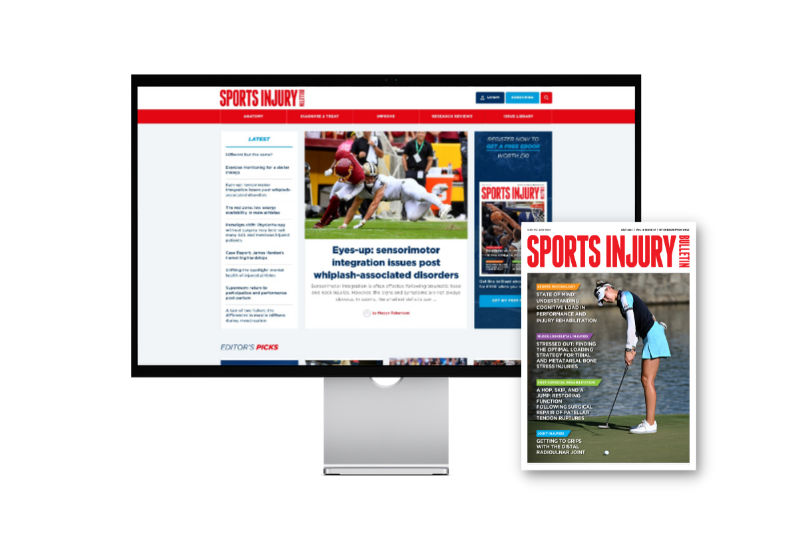 TAKE A RISK-FREE TRIAL
TAKE A RISK-FREE TRIAL
Newsletter Sign Up
Subscriber Testimonials
Dr. Alexandra Fandetti-Robin, Back & Body Chiropractic
Elspeth Cowell MSCh DpodM SRCh HCPC reg
William Hunter, Nuffield Health
Newsletter Sign Up
Coaches Testimonials
Dr. Alexandra Fandetti-Robin, Back & Body Chiropractic
Elspeth Cowell MSCh DpodM SRCh HCPC reg
William Hunter, Nuffield Health
Be at the leading edge of sports injury management
Our international team of qualified experts (see above) spend hours poring over scores of technical journals and medical papers that even the most interested professionals don't have time to read.
For 17 years, we've helped hard-working physiotherapists and sports professionals like you, overwhelmed by the vast amount of new research, bring science to their treatment. Sports Injury Bulletin is the ideal resource for practitioners too busy to cull through all the monthly journals to find meaningful and applicable studies.
*includes 3 coaching manuals
Get Inspired
All the latest techniques and approaches
Sports Injury Bulletin brings together a worldwide panel of experts – including physiotherapists, doctors, researchers and sports scientists. Together we deliver everything you need to help your clients avoid – or recover as quickly as possible from – injuries.
We strip away the scientific jargon and deliver you easy-to-follow training exercises, nutrition tips, psychological strategies and recovery programmes and exercises in plain English.


